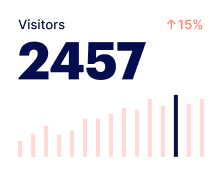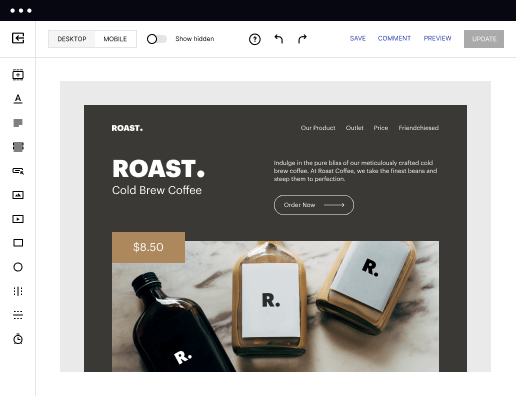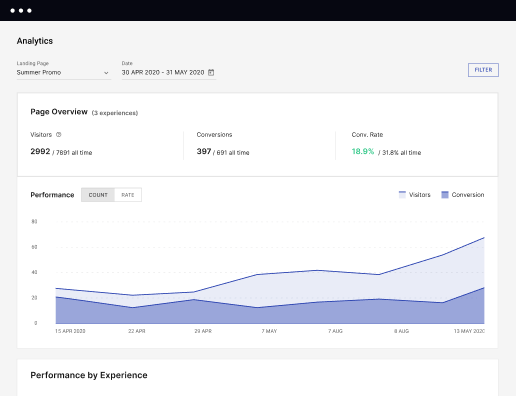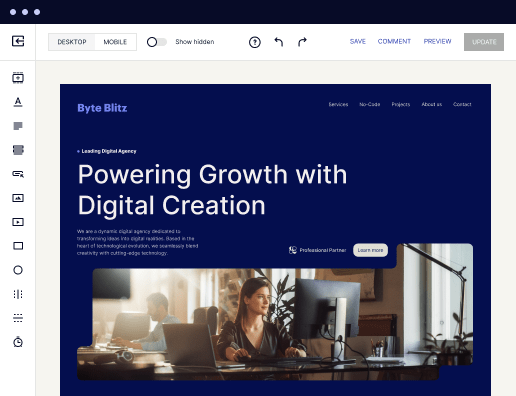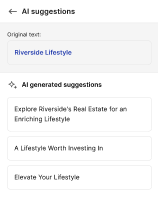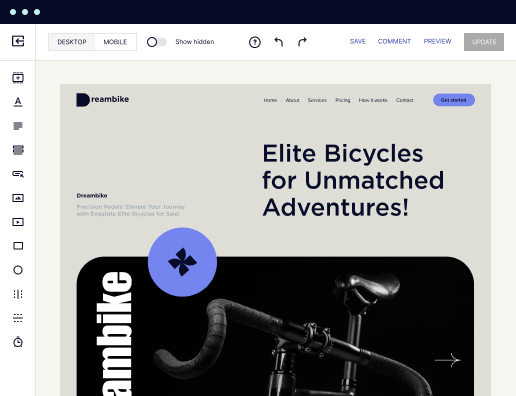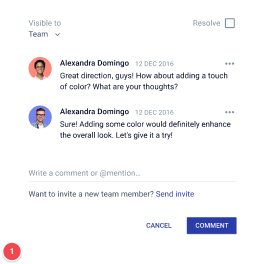Make your glossary page designed for Red Hat Enterprise Linux
Instapage empowers you to reduce costs, increase conversions, and deliver meaningful experiences on Red Hat Enterprise Linux.
Create your glossary page on Red Hat Enterprise Linux
Instapage offers a powerful platform for marketers aiming to create effective landing pages that connect with diverse audiences. With the ability to develop tailored glossary pages, businesses across industries in the USA can streamline communication and enhance understanding of key concepts related to their services.
Understanding the significance of glossary pages
Creating a glossary page on Red Hat Enterprise Linux not only aids in educating your audience but also helps in improving engagement metrics on landing pages. Clarity in language fosters trust and can encourage deeper exploration of your content. Marketers in verticals such as tech, financial services, and education will particularly benefit from coherent definitions and technical jargon explained through dynamic content collaboration.
- Improved user engagement: Clear terminology helps users navigate content effortlessly, leading to lower bounce rates and higher time on page.
- Increased brand trust: Providing definitions reassures users and demonstrates authority in your market segment.
- Enhanced SEO performance: Using relevant keywords in your glossary can improve visibility on search engines, driving organic traffic.
Step 1: Define your core concepts
Begin by identifying the key terms related to Red Hat Enterprise Linux that resonate with your target audience. This will lay the foundation for your glossary, ensuring it addresses the specific knowledge gaps of users in marketing, education, tech, and other applicable sectors.
- Conduct audience research: Use surveys or analytics to determine what terms users often seek clarification on.
- Compile a list of relevant terms: Focus on industry-specific jargon, technical terms, and concepts central to Red Hat Enterprise Linux.
- Prioritize user-centric definitions: Aim for clarity and conciseness in your explanations, making them relatable to your audience.
Step 2: Create engaging content and layout
Structure is vital when developing your glossary. Instapage's library of conversion-focused layouts can be incredibly beneficial here.
- Utilize Instablocks: These allow you to drag-and-drop elements, creating dynamic sections for each glossary term, making the learning experience more interactive.
- Add visuals: Incorporating images or diagrams can help users grasp complex concepts in a user-friendly manner.
- Ensure mobile optimization: With many users accessing content via mobile, ensure your glossary page is responsive for an optimal viewing experience.
Step 3: Optimize and personalize your glossary
After creating your glossary page, utilize Instapage’s built-in optimization tools to boost conversions.
- Conduct A/B testing on different glossary layouts: This can help you understand which design elements are most appealing and effective in engaging your audience.
- Leverage heatmap analytics: Use insights from user interactions to refine content placement and term definitions further.
- Implement dynamic text replacement: Personalize the glossary experience based on user segments to boost relevance and conversion rates.
In conclusion, a well-crafted glossary on Red Hat Enterprise Linux is a strategic enhancement for any landing page, particularly through Instapage's capabilities.
Ready to elevate your landing pages? Start creating tailored content today with Instapage for a competitive edge in your marketing strategies.
Get more out of Create your glossary page on Red Hat Enterprise Linux
Improve your Quality Score with quick load technology for landing pages
Increase conversions with content that aligns with your ads and audiences
Achieve maximum ROI by scaling your marketing initiatives
Leading the way in building high-performing landing pages





FAQs
See how to create your glossary page on red hat enterprise linux in action
Ready to skyrocket conversions?
Supercharge your ad campaigns with high-performing landing pages.
Get started
